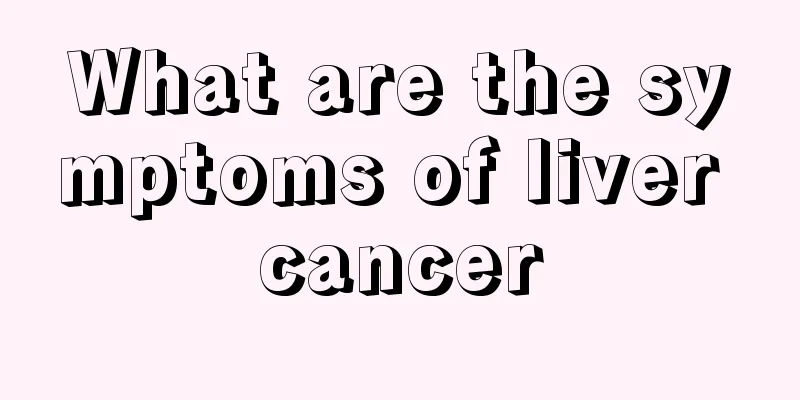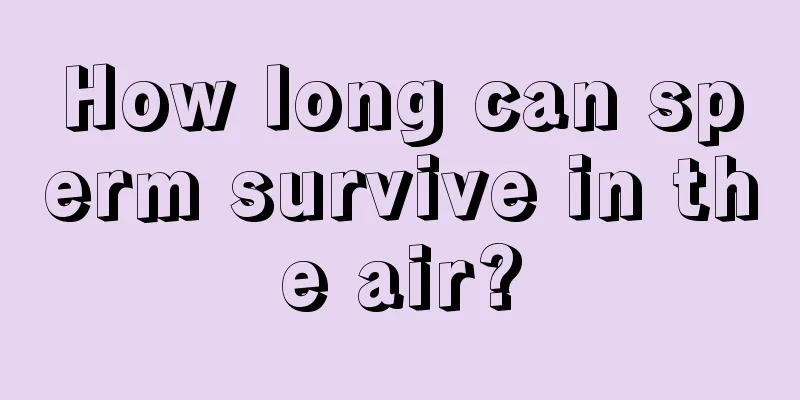How to get rid of lice most effectively and quickly

|
Lice are particularly annoying creatures, especially they like to live in hair. If you don't pay attention to personal hygiene and don't like to wash your hair and take a bath, lice will easily breed. Once lice appear, it will be itchy and unbearable. Sometimes the more you scratch, the more itchy it becomes. Lice reproduce quickly. If they are not eliminated in time, it is easy to breed more lice. So what are some good ways to remove lice? How to get rid of lice 1. General methods for removing lice Shaved head Head lice often grow on hair, so as long as the hair is removed, the eggs and lice will have no space to survive. If a child or a man has head lice, shaving his head is the most effective way to get rid of lice. For the sake of their image, girls may not be willing to take this approach. Sulfur soap for hair If you don't want to shave your head, then you have no choice but to take lice control measures. Even if you don't shave your head, at least cut your hair short and comb it thin so that it is easier to clean and remove lice. Then wash your hair with sulfur soap twice a day for a period of time, usually a few days, and you can completely kill the head lice. 2. Medical treatment for lice removal There are also special medicines for killing head lice on the market. Camphor balls soaked in water or camphor liquid, 84 disinfectant, Stemona tincture, Bichongling, Disaq and other medicines can effectively kill head lice. Generally, one or two washings are sufficient. It should be noted that these are all toxic to a certain extent. When washing, do not let them come into contact with your eyes, let alone into your mouth. If they come into contact with your eyes or mouth, please rinse with plenty of water. Do not use shampoo, conditioner, mousse or other hair products within three days after killing head lice. 3. Home treatment for lice removal Fortunately, lice die within a day or two of leaving their human host. However, since lice eggs take 1 week to 10 days to hatch, for safety reasons, in addition to removing lice from your baby's head, you also need to follow the following guidelines to remove lice that may exist in your home: 3.1. Two days before starting to remove lice from your baby, wash all the baby's used clothes, sheets and pillowcases, then iron them with hot water and dry them in the sun. 3.2. Pay attention to hygiene at ordinary times to effectively remove lice. Remember to put all plush toys, baby comfort items and other clothes that cannot be washed with water into plastic bags, seal them and leave them for two weeks. 3.3. If you want to effectively remove lice, you can soak the comb and hairbrush in external alcohol for an hour, or wash the comb and hairbrush with soap and hot water. 3.4. Vacuum the floor, furniture and interior of the car, including your baby’s car seat. But don't use insect sprays, as they can be toxic if inhaled. How to prevent and treat lice Lice are parasitic insects that live on their hosts and have very specific requirements for the environment in which they live. Generally speaking, the most suitable temperature for lice is the temperature of the human body, and they do not like overly humid or hot environments. The most common environment for lice to live is in children's hair. Because children have higher body temperatures and tend to sweat easily, and lice fly onto other people's scalps through human body contact, this situation can easily lead to lice growing on children's heads. In addition, lice may also exist in sweaters, leather clothes, cotton clothes, bedding and other places. The living environment of lice is a factor that affects their growth. Through this property, we can understand that lice are not heat-resistant. Generally, high temperatures such as 50 degrees Celsius can quickly kill lice and eggs. As for lice that live in sweaters, leather clothes, cotton clothes, bedding, etc., they can also be killed by dry heat. Lice have a poor tolerance to low temperatures and can all be frozen to death in an environment of minus 15 degrees Celsius. What are the symptoms of lice? 1. Discovering insects and insect eggs: Small insects can be found at the roots of hair follicles, which may be light black, grayish white or red (full of blood). You can even directly find small granular eggs, which are extremely small white and crystal lice eggs. Unlike dandruff, they cannot be easily removed. 2. Rashes may occur: There are often microscopic holes (invisible to the naked eye) at the site of lice bites, local redness, small red spots, and blood scabs on them; after about 5 days, an allergic reaction occurs locally at the microscopic holes, and papules often appear. Excessive scratching may lead to infection, with pustules, exudate and scabs. 3. Itching: The most obvious symptom of lice is itching, which is especially severe during strenuous exercise or when the head is exposed to heat. Itching occurs when lice use their claws to pierce or pierce the skin, bite and inject saliva. 4. How to check for lice: Although head lice and lice eggs are very small, they can still be distinguished by the naked eye. Head lice can be white, brown, or dark gray and usually appear in the hair on the back of the neck or behind the ears. Lice eggs are round or oval-shaped bugs. Turn the hair from the nape of the neck to the front against the direction of the hair. If there are small white spots, flick them gently with your hand. If they do not fall off, pull out the white spots and press them with your fingernails. If water flows out or you hear a sound, these are lice eggs. Symptoms of lice bites 1. Itching: Itching is the most direct symptom of lice, but the degree of itching varies from person to person. Itching is caused by pubic lice using their claws to pierce or pierce the skin, and itching occurs when the lice bite and inject saliva. Pubic lice inject saliva when sucking blood because saliva can prevent blood from clotting, which facilitates blood sucking. Pubic lice suck blood several times a day, so the itching is paroxysmal. 2. Insects or eggs: Small pubic lice can be found at the roots of hair follicles. They are light black, grayish white or red (full of blood). Some patients can directly find small granular worm eggs. 3. Rash: There are often micro-holes (invisible to the naked eye) at the site of pubic lice bites, local redness, small red spots, and blood scabs on them; after about 5 days, the micro-holes will produce a local allergic reaction, and papules will often appear. Infection often occurs due to scratching, with pustules, exudate, and scabs. 4. Blue-gray spots: Blue-gray spots of 0.2 to 2 cm in size can be seen near the affected area. They are painless and itchy, do not fade when pressed, and can last for several months. These blue-gray spots can also be seen on the chest, abdomen, inner thigh, etc. The cause of this blue-gray spot is still unclear, but it may be related to the saliva entering the blood during pubic lice bites. Conclusion: Through the article we learned that lice are a kind of parasitic insects that parasitize the host and have relatively specific requirements for the parasitic environment. Generally speaking, the most suitable temperature for lice is the temperature of the human body, and they do not like overly humid or hot environments. Head lice often grow on hair, so as long as the hair is removed, the eggs and lice will have no space to survive. |
<<: Who is suitable to wear strawberry quartz
>>: What skin color is purple suitable for
Recommend
What are the symptoms of small liver cancer? What is the best treatment for small liver cancer?
When it comes to small liver cancer, many people ...
Can liver cancer recur after radiotherapy in the late stage?
Can liver cancer recur after radiotherapy in the ...
Why does my skin turn darker even without sun exposure
Everyone's skin quality is different. Some pe...
The most authoritative hospital for the treatment of gastric cancer
There are only a handful of the best gastric canc...
Which type of porcelain teeth is better?
We all know how important teeth are to us. Even i...
What are the ways to boost your spirit?
In fact, due to the greater pressure from work an...
What should patients with pituitary tumors eat more?
When treating patients with pituitary tumors, doc...
What causes scalp pain and ear pain?
Many people experience ear pain caused by scalp p...
Survival period of nasopharyngeal carcinoma stage 4
When talking about advanced cancer, many patients...
Let's talk about the causes of osteosarcoma
Osteosarcoma is difficult to cure and is prone to...
Will eating raw melon seeds make you fat?
In daily life, melon seeds are a very common snac...
Uses of compound amino acid powder
Maybe you don’t know much about the use of compou...
Dermatology laser treatment
Laser is a medical method widely used in the fiel...
Introduction to several important causes of lung cancer
In recent years, more and more people in China ha...
How is lung cancer staged? It is divided into four stages
Lung cancer can be divided into four stages, whic...









